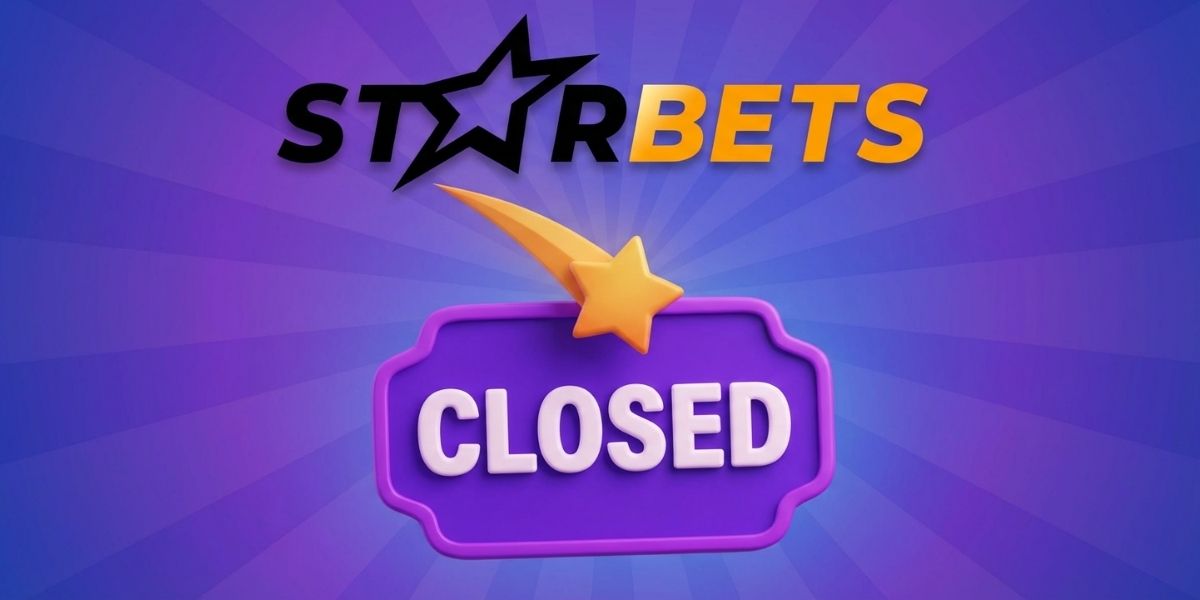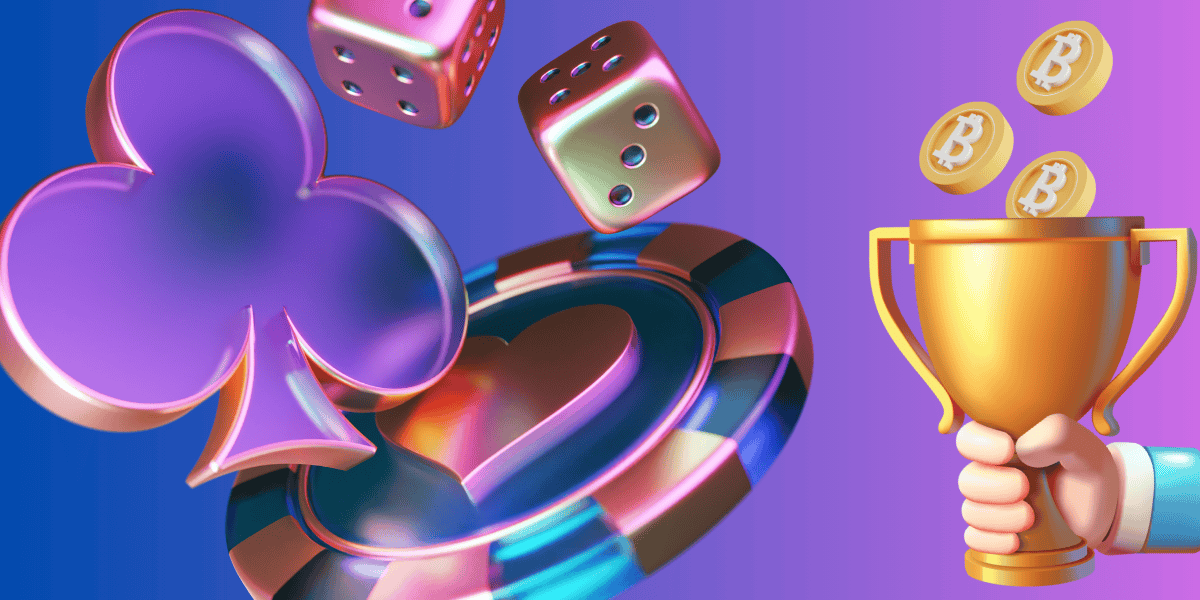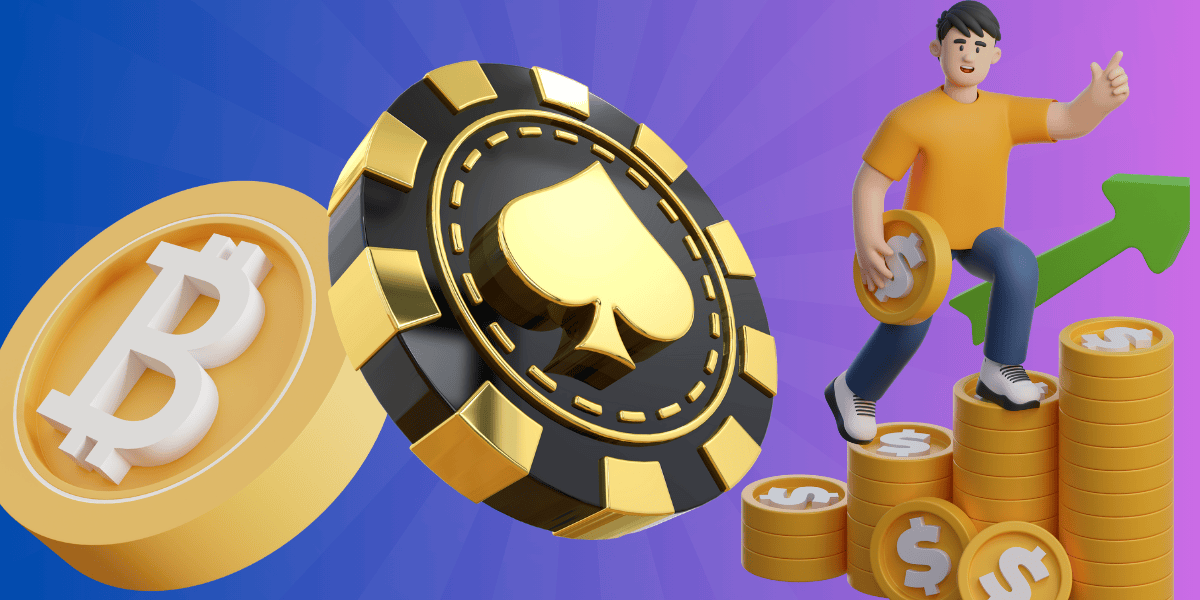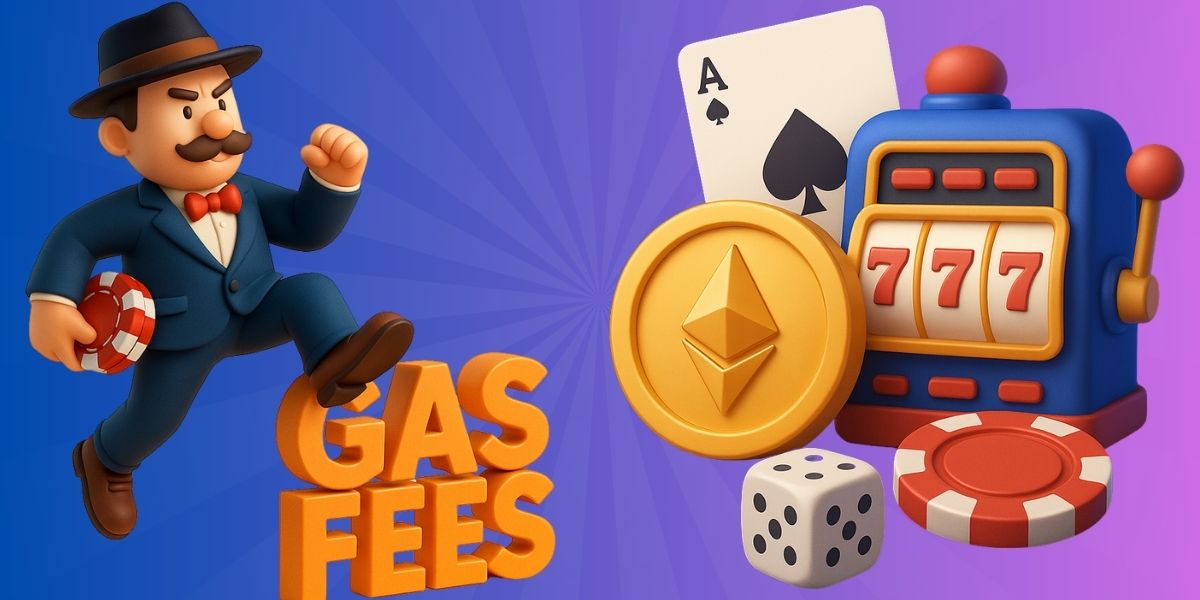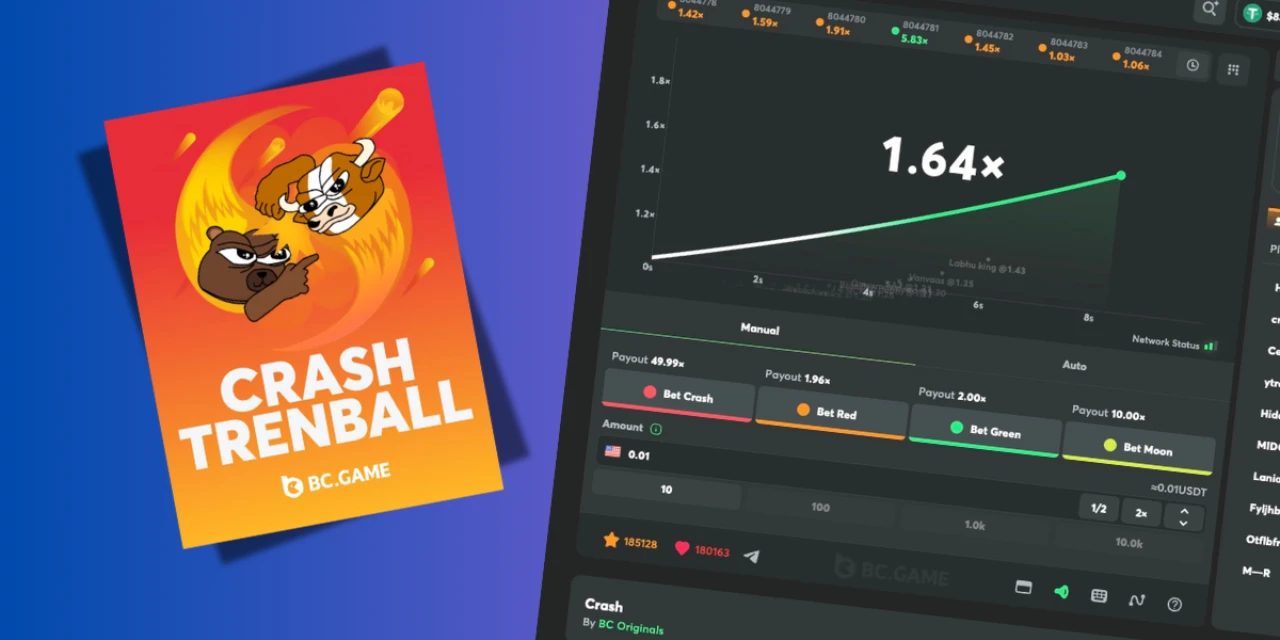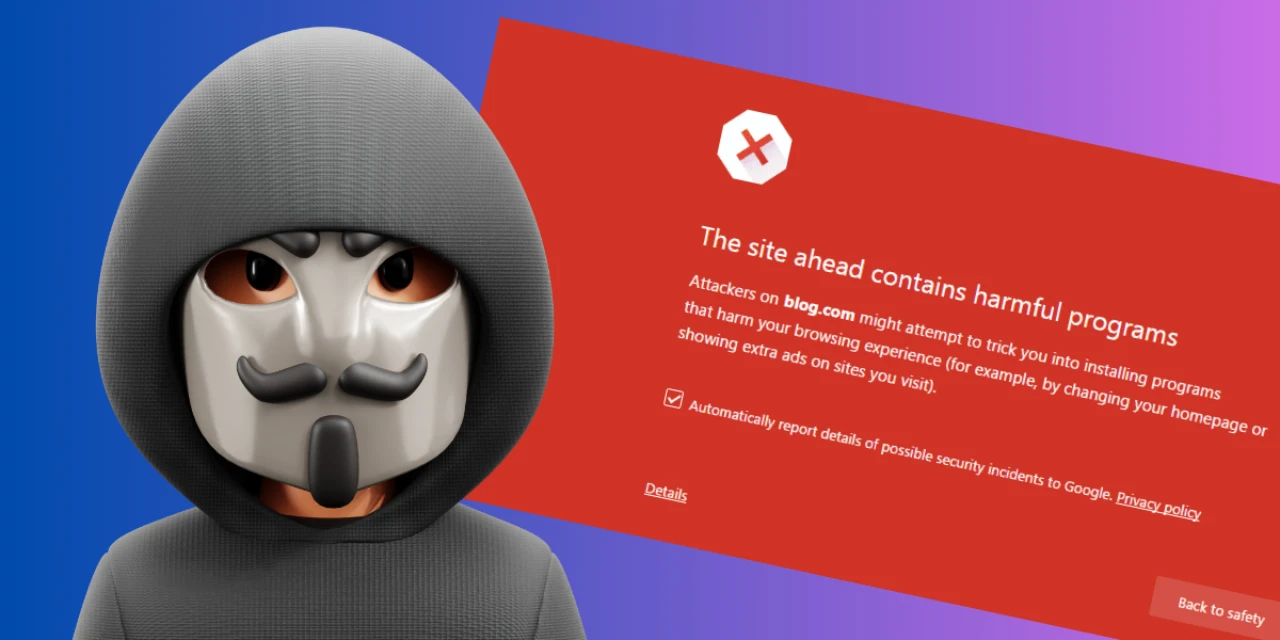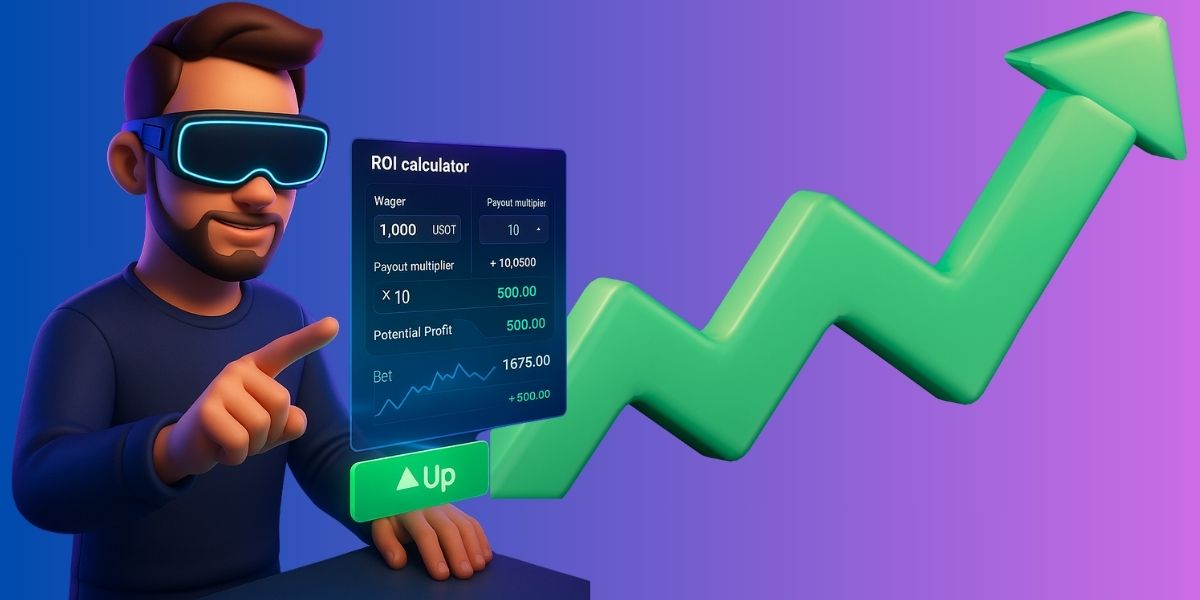
How MiCA Will Impact USDC Gambling in the EU?
I’ve been fielding the same question for weeks: “Is my favorite stablecoin about to vanish from European casinos?”
Short answer?
If you’re married to USDT, you might feel the squeeze, but if you’re happy swapping chips for USDC, MiCA just rolled out the red carpet.
Below, I’ll dig into what MiCA really says, why USDT might fade from the roulette wheel, how Trump’s shiny new GENIUS Act is boosting USDC’s reputation stateside, and—most importantly—what it all means for you if you gamble online from Europe.
How does MiCA change stablecoin gambling?
MiCA splits stablecoins into two buckets:
- Asset-referenced tokens (ARTs)
- E-money tokens (EMTs) — pegged 1:1 to a single fiat currency and backed by liquid, audited reserves.
Circle saw the writing on the wall, secured an EMI licence from France’s ACPR, and relaunched both USDC and EURC inside the EU—complete with local SEPA rails, daily attestations, and same-day redemptions.
While the competition between USDT and USDC remains, it seems like Circle is having an upper-hand, or at least lately.
Is USDC finally taking over USDT for European players?
Industry trackers already list USDC among the top-five coins for casino deposits and withdrawals, right behind BTC, ETH, LTC, and (for now) USDT.
Why the switch?
- Lower compliance risk: Casinos avoid the headache of sudden delistings.
- Cheaper banking rails: Circle’s French mint redeems directly into SEPA in minutes.
- Better UX: Players enjoy fewer “maintenance” pauses and same-day euro cash-outs.
Of course, here comes the million-dollar question: “So, what’s in it for me?”
Will players actually benefit from gambling with USDC?
Absolutely—but it’s not all upside.
USDC delivers a smoother gambling experience than USDT in regulated markets. Here’s why:
- Stability you can trust. Circle publishes daily reserve audits, and its EMI license means it’s monitored by EU regulators.
- Low fees. On Solana or Polygon, you’re looking at cents or less per transaction—way better than ERC-20 gas guzzlers.
- No surprise bans. You won’t wake up to a “token no longer supported” message—USDC is MiCA-approved and here to stay.
But here’s the tradeoff: you lose a layer of anonymity.
USDC is fully compliant, meaning Circle can freeze funds if regulators come knocking.
Unlike USDT, which operates in the gray, or Monero (which doesn’t play ball at all), USDC is built for transparency.
If you prefer flying under the radar, you might want to explore anonymous crypto casinos—just don’t expect SEPA payouts and EU-endorsed safety.
You’re trading privacy for peace of mind—and I know for most punters it’s not a big deal—or at least not for me.
It’s not for everyone, but for most European players, it’s a solid upgrade—unless you want a 100% KYC-free experience with USDC.
Final words
USDC is stepping into the spotlight, and for good reason.
It’s stable, MiCA-compliant, and won’t vanish from your casino wallet overnight. Circle is also looking to strengthen USDC’s position in the US, with the US Stablecoin Bill working in its favor.
That said, it’s not the perfect fit for everyone. If you value privacy above all, USDC’s transparency and compliance might feel like too much oversight.
But for most players in Europe, it’s a reliable way to gamble without worrying about sudden bans or blocked withdrawals.
In a post-MiCA world, choosing the right stablecoin matters—and USDC is playing the long game.

